Have you ever wondered, "How long should I cold plunge?" This question is at the heart of maximizing your recovery strategy like professional athletes do. In this comprehensive guide, we'll unlock the mysteries behind cold plunging, delineate the benefits, and uncover how to optimize your sessions for the best results.
Unlocking the Secrets to an Effective Cold Plunge
Cold plunging, a form of cold water immersion therapy, is lauded for its array of health benefits. Before delving into the ideal duration, it's important to understand that the goal isn't simply to bravely endure the cold, but to facilitate recovery and enhance performance. Incorporating cold plunge sessions into your routine can reduce muscle soreness, decrease inflammation, and even improve blood flow.
To maximize these benefits, determining the right duration for your cold plunges is critical. Timing your session effectively can optimize recovery time and improve your overall endurance while minimizing potential risks related to prolonged exposure to low temperatures.
The Science Behind Cold Plunge and Its Benefits
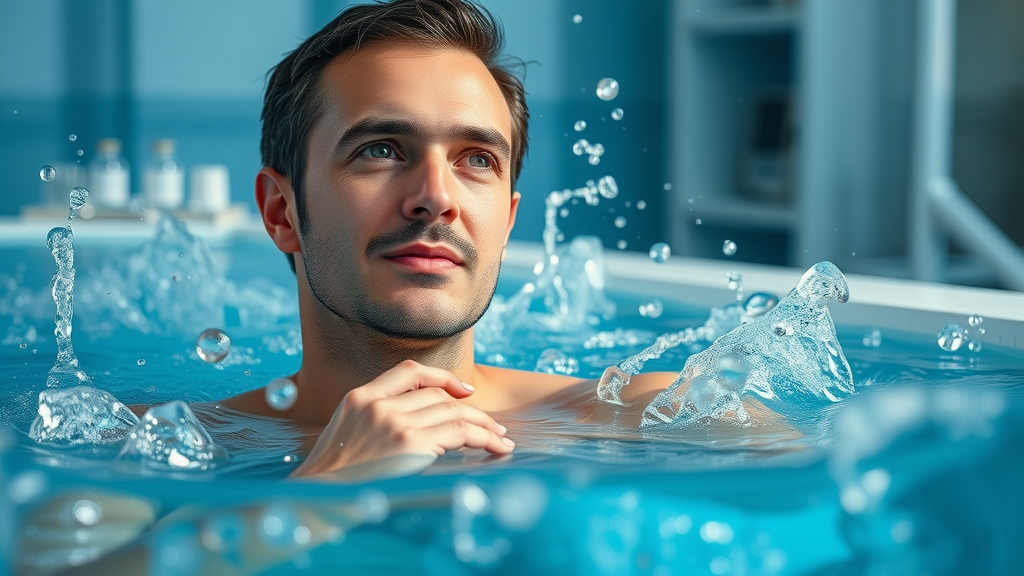
The concept of cold plunging is supported by scientific research, which highlights its ability to enhance recovery and activate the nervous system. Cold water constricts blood vessels and reduces blood flow to muscles, which helps control inflammation post-exercise. When the body rewarms, there is a renewed surge of blood flow that accelerates recovery.
Furthermore, enduring cold temperatures can increase mental resilience by challenging your comfort zone and enhancing your mental fortitude. Consequently, athletes and fitness enthusiasts alike acknowledge cold plunges as a powerful recovery tool.
Timing Your Cold Plunge for Optimal Recovery
So, how long should you stay in a cold plunge? Generally, a duration of three to five minutes is sufficient. This period allows the body to gain the benefits of reduced inflammation without posing risks associated with prolonged cold exposure. For those new to the practice, start with a shorter duration and gradually increase as your body adapts.
The water temperature should also be considered. Typically, a temperature range between 10°C to 15°C (50°F to 59°F) is effective for recovery purposes. This range is cold enough to stimulate the desired physiological responses while remaining safe for short durations.
Comparing Cold Plunge Duration with Ice Baths and Cold Showers
When compared to ice baths and cold showers, cold plunges offer a middle-ground approach. Ice baths submerge more of the body and may require slightly longer durations (up to 15 minutes), whereas cold showers are less invasive and often utilized for quick energizing solutions.
Each method has its merits, but the effectiveness largely depends on personal preferences and specific recovery goals. Cold plunges strike a balance, providing substantial recovery benefits without the extensive chill of ice baths.
Cold Plunge Therapy: How to Start and What to Expect
Starting cold plunge therapy entails understanding cold water immersion and its impacts on your body. The first step is to find a safe and suitable location or facility to conduct your sessions. Acclimatization is key—start slow, allowing your body to adapt to the cooling process. Expect to feel invigorated yet relaxed post-session, as the body warms and stimulates various physiological processes.
Understanding Cold Water Immersion and Its Impact
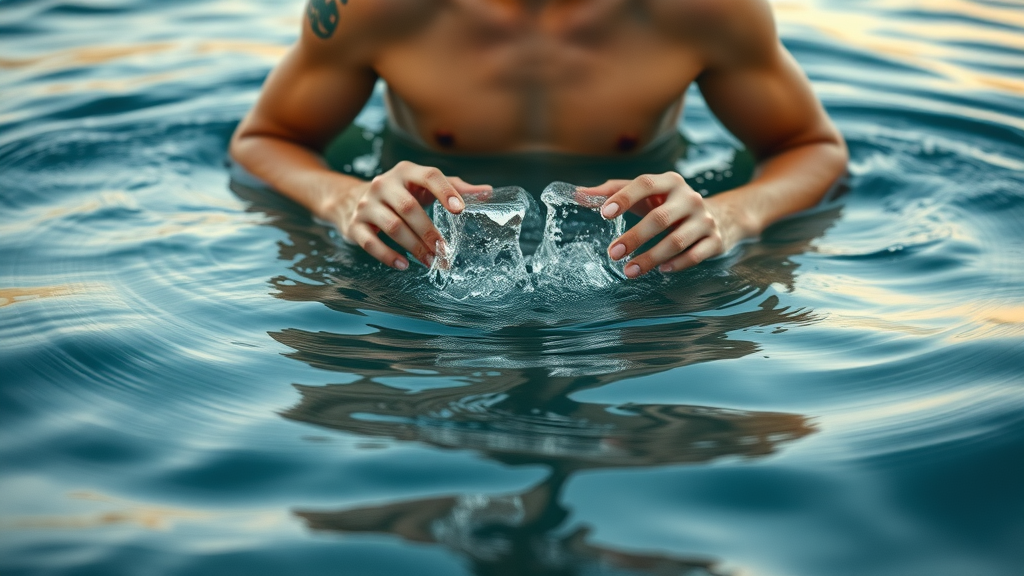
Cold water immersion involves submerging your body in cold water, triggering adaptive responses like reduced heart rate and enhanced circulation. This deliberate exposure to cold aids in lowering body temperature and prompting metabolic responses that accelerate recovery.
Over time, consistent practice augments the body's ability to recover from intense physical exertion while improving resilience and mental health.
Step-by-Step Guide to Safe and Effective Cold Plunging
1. **Preparation:** Wear clothing that can be quickly removed post-session. Choose a setting with easy access to warmth afterward.
2. **Gradual Exposure:** Start with quick immersions of one to two minutes, progressively increasing duration as your comfort grows.
3. **Monitor Reactions:** Continuously assess how your body responds. Shivering is a sign to exit the water and warm up.
Listen to Your Body: Adjusting Duration Based on Health and Comfort
Cold plunging is a personalized experience. Always listen to your body and exit the immersion if discomfort arises. Certain health conditions, such as cardiovascular issues, may warrant consulting a healthcare professional prior to engaging in cold therapy. Personal comfort and safety should guide your practice.
Can You Overdo Cold Plunge? Understanding Safe Limits
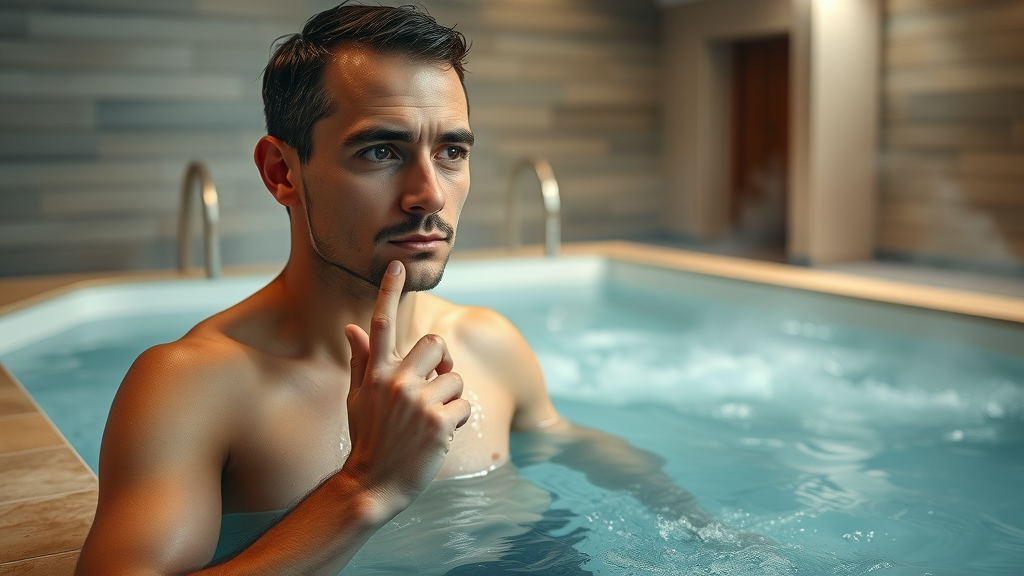
While cold plunging offers numerous benefits, it's crucial to acknowledge potential risks. Prolonged exposure may lead to hypothermia, skin irritation, or undue stress on the cardiovascular system. Adherence to safe duration limits and gradually increasing exposure can help mitigate these risks.
Potential Risks and How to Mitigate Them
The primary risk associated with cold plunging is hypothermia, resulting from extended exposure durations. Keeping sessions short and maintaining awareness of your body temperature can prevent this. Always warm up quickly after exposure to restore normal body functions.
Cold Therapy and Individual Health Conditions
Cold therapy isn't universal. Medical conditions such as Raynaud's disease or cardiovascular complications can contraindicate cold immersion. Consult with a professional to tailor your approach, ensuring the benefits outweigh any potential risks associated with your specific health landscape.
What Does a 5 Minute Cold Plunge Do?

A five-minute cold plunge re-energizes the body, activating physiological and psychological benefits. Such brief exposure can greatly boost mental health by enhancing mood and reducing stress levels. This practice strengthens resolve, proving to oneself the ability to endure and adapt.
Benefits of Short Duration Plunges on Mental and Physical Health
Short cold plunges can stimulate profound mental clarity and elevate mood. Physically, they enhance circulation, reduce inflammation, and expedite muscle recovery—all within a quick, efficient timeframe. This duality of benefits makes short plunges ideal for aiding a balanced recovery regime.
Cold Plunges and Metabolic Boosts: Fact or Myth?
The idea that cold plunges promote metabolic efficiency might hold truth. Brief cold exposure encourages hormonal responses that activate cold induced thermogenesis, potentially aiding in caloric burn. Although metabolism might get a momentary boost, it shouldn't be relied on solely as a weight loss strategy.
Do Cold Plunges Burn Fat?

The correlation between cold plunges and fat loss involves cold exposure stimulating brown fat activation—a type of fat tissue that burns calories to generate heat. While the concept sounds promising, it complements other weight management processes, rather than serving as a standalone solution.
Exploring the Relationship between Cold Exposure and Fat Loss
Brown fat, once activated by cold stress, aids in metabolizing white fat, potentially contributing to weight control. While anecdotal evidence supports this idea, scientific exploration remains ongoing to confirm its efficacy without traditional diet and exercise.
Evidence-Based Insights into Cold Induced Thermogenesis
Research indicates that cold-induced thermogenesis causes an uptick in energy expenditure. This process is facilitated by repeated exposure to colder environments, encouraging the body to maintain a stable temperature. When aligned with a tailored exercise and diet plan, cold plunging can augment bodily dynamics.
Cold Plunge: What Not to Do After Immersion
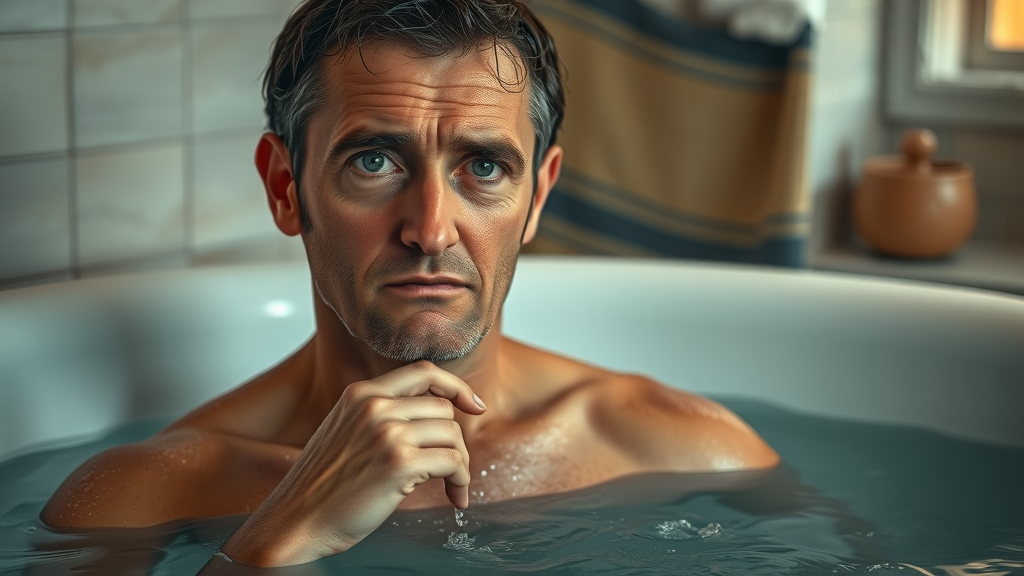
After completing a cold plunge, certain post-immersion practices can enhance recovery and sustain health benefits. Immediate warming, through dry clothing and warm fluids, aids in stabilizing body heat. Avoid vigorous activities immediately post-plunge, allowing your system time to recalibrate.
Post-Plunge Best Practices for Recovery and Health
Warm showers, layered clothing, and staying hydrated optimize the body's replenishment after cold exposure. Rest and refuel with nutrient-rich foods to assist continued recovery, promoting the retention and augmentation of benefits garnered from each session.
Avoiding Common Pitfalls of Cold Water Immersion
Avoid extended immobility post-immersion, as it may exacerbate cold-related risks. Additionally, refrain from alcohol or caffeine immediately afterward, as they can impact recovery outcomes. Maintain informed awareness of your body's needs to adjust practices appropriately.
Cold Plunge vs. Other Cold Therapies: A Comparative Analysis
Cold plunges, cold showers, and ice baths each play distinctive roles in recovery processes. Their effectiveness depends largely on individual goals and contextual suitability. Plunges enable a potent session within manageable timeframes, merging accessibility with results.
Evaluating the Efficiency of Plunge Therapy over Cold Showers
Compared to cold showers, cold plunges offer a more immersive experience that can target whole-body recovery more comprehensively. While showers facilitate convenience, plunges ensure deeper physiological impacts for those seeking augmented therapeutic outcomes.
Ice Bath vs. Cold Plunge: Which Is More Effective?
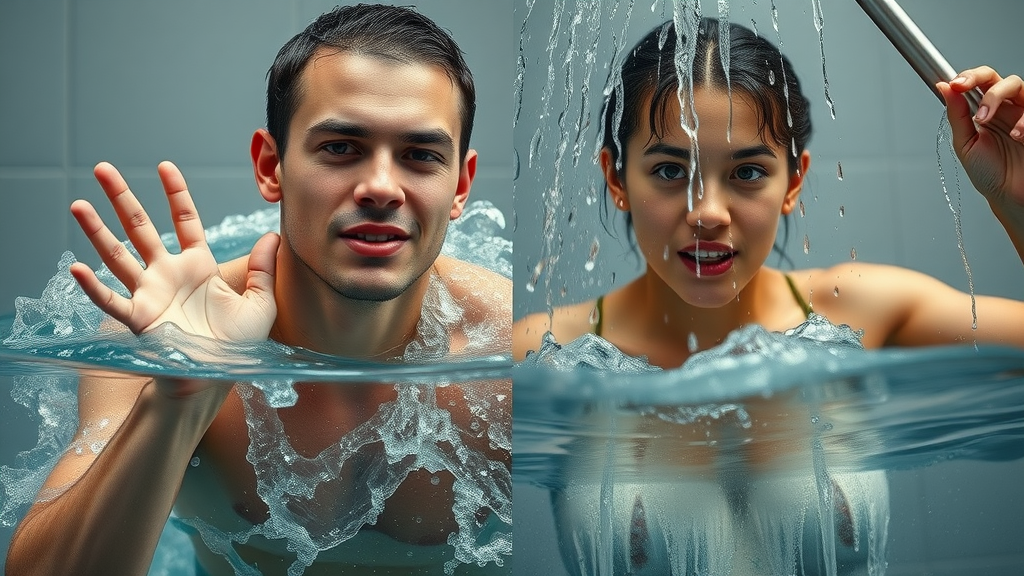
The choice between an ice bath and a cold plunge often rests on individual preferences and specific recovery needs. Ice baths provide a quick, profound shock to the system, ideal for severe soreness. On the other hand, plunges offer a controlled, less intense alternative suitable for regular practice.
Incorporating Cold Plunge into Your Regular Recovery Routine
Integrating cold plunge therapy into a regular fitness routine enhances recovery and overall wellness. Assess your schedule, adapting plunge frequency based on workouts, and monitor your body's responses to find a rhythm that harmonizes with your health goals.
What You'll Learn from This Guide
- The optimal duration for cold plunging depending on goals and experience.
- Safety measures and best practices for cold water immersion.
- Comparative insights into various cold therapy techniques.
Tables
| Therapy Type | Approximate Duration |
|---|---|
| Cold Plunge | 3-5 minutes |
| Ice Bath | 10-15 minutes |
| Cold Shower | 3-5 minutes |
Quotes
"Cold therapy is about adaptation, not proving your resilience." – Fitness Expert
Frequently Asked Questions (FAQs)
- What is the ideal temperature for a cold plunge? The ideal temperature for a cold plunge session can range between 10°C and 15°C (50°F to 59°F). This range is generally safe for short durations and effective in promoting the body's natural recovery processes.
- How often should I cold plunge? Frequency depends on your fitness regime and recovery needs. For most individuals, incorporating cold plunges two to three times a week suffices to maximize health benefits while ensuring adequate adaptation time.
- Can anyone try cold plunge or are there contraindications? While cold plunging boasts numerous benefits, individuals with cardiovascular issues or certain health conditions should consult with a healthcare professional before engaging in this practice to ensure safety.
Conclusion
Summarizing the Benefits and Best Practices of Cold Plunging
Cold plunging is a valuable tool within a recovery regime. Correct duration and adherence to best practices ensure maximal benefits.
Inviting Readers to Explore Cold Therapy as Part of Their Wellness Routine
Consider integrating cold therapy to enhance your wellness journey. Tailor it to your needs and listen to your body to enjoy the transformative experience.
 Add Row
Add Row  Add Element
Add Element 
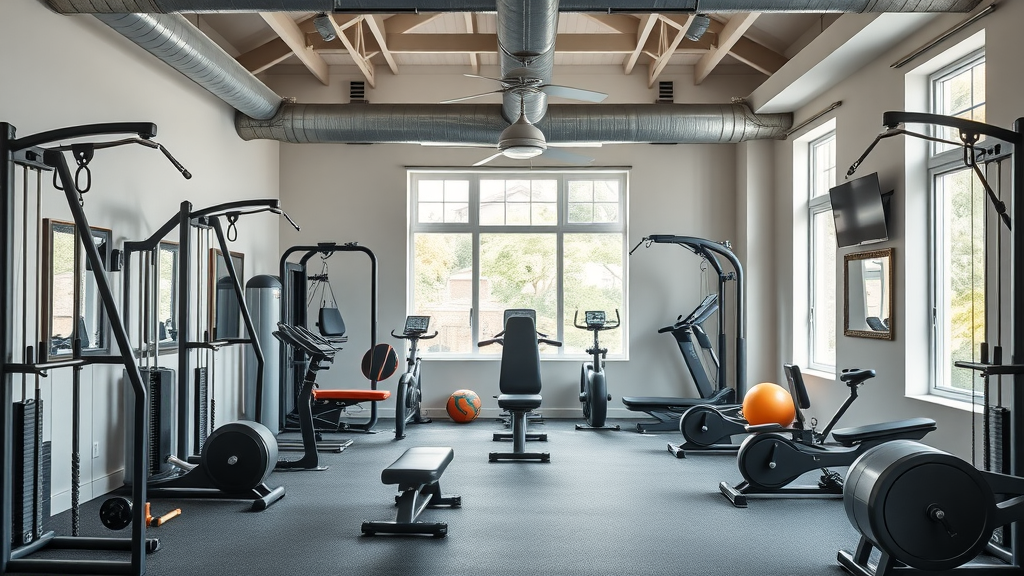


 Add Row
Add Row  Add
Add 
Write A Comment